Status Quo
Dalla Valle Vineyards
Napa Valley Cabernet Sauvignon 1993


Domaine Gourt de Mautens (Jérôme Bressy)
Vaucluse Red Rhone Blend 2010
Respect the winemaker for staying true to the quality and disregard the status and classification. The nose of classic mineral, floral and cassis. The palate is quite smooth and silky and sweet bitter core. Talcum powder. Very similar to burgundy. Blue fruit smell n pheony smell. Getting smoother as it breaths for an hour — 5 years ago
Castle Rock Winery
Mendocino County Pinot Noir 2017
A long time Turkey day favorite, that seemed to lose status as a Thankgiving staple has returned with triumph to our table. Velvet and rich, dark garnet. Flavors of blackberries and lingonberry. Loved the sturdy burst of flavor in my mouth. — 6 years ago
Domaine Alary
Côtes du Rhône Villages Cairanne Grenache Blend 2015
If you’ve never had a wine from Cairanne, you’re missing out on one of the wine world’s greatest values. Having just achieved AOC status in 2016, these wines from the Southern Rhône are really delicious.
This particular wine is from Denis Alary who owns one of the best domaines in the region and was instrumental in the region’s rise to AOC status. The wines are typically concentrated and full-bodied GSM blends with notes of ripe black fruit and spice. Not overly complex but well balanced and well made. I think of them as something between a Gigondas and an aged Lirac. They can be drunk young as the tannins are usually ripe and smooth. Really fun wines to drink and very budget-friendly. 2015 vintage on Aug 8, 2018. — 7 years ago
Domaine Pernot-Bélicard
Meursault Chardonnay 2014
Moving to a different AOC from last night's Chablis. Getting some air now, lightly pithy, this might be closed for business, TBD, notes forthcoming...
Delicate citrus rind with cooked steel-cut oats on the nose.
Palate has a warmed white grapefruit note, but without that zing of the citrus, possibly almond butter without the creaminess, this is a little mellow.
I stand by my earlier judgement of not-ready-yet status. — 7 years ago

Gérard Seguin
Vieilles Vignes Gevrey-Chambertin Pinot Noir 2012
As good as any solid Gevrey your gonna get. The VV definitely helps its status. — 8 years ago
Azienda Agricola Valentini
Trebbiano d'Abruzzo 2009
Finesse, delicacy, complexity and focus
Quince, cedar and thyme tea
White pepper, almond spread and white choc
A field of flowers(mainly yellow)
Lemon curds, dill, breadcrumbs and more and more
Seaweed and strongly marine
Whispered rather than shouted class
Every swirl is a discovery, a subtle win of aromas
Toffees and cappuccino coming out of the glass with the rising temperature
It goes without saying the fun
So long aftertaste
12% in alcohol
This is the gotha of the Italian white wines
Still decades ahead i am sure
It could easily rank a Grand Cru status
Grab it if you can..and then age it — 4 years ago
Château Lynch-Bages
Grand Cru Classé Pauillac Cabernet Sauvignon Blend 2000
Mid to deep Ruby in colour. Some maturity in evidence on the rim. Cedar/cigar box aromas with black currant and cassis - classic Pauillac descriptors Only medium bodied - lacked some intensity for the vintage. Restrained - 20 years might be its limit. It will sit on the plateau but won’t improve. In summary a lovely old claret and has been better than its 5th Growth status for decades. “Lunch Bags” as old poms used to refer to it as. — 5 years ago
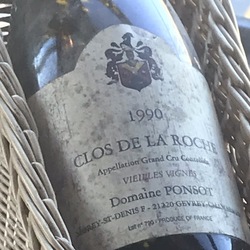
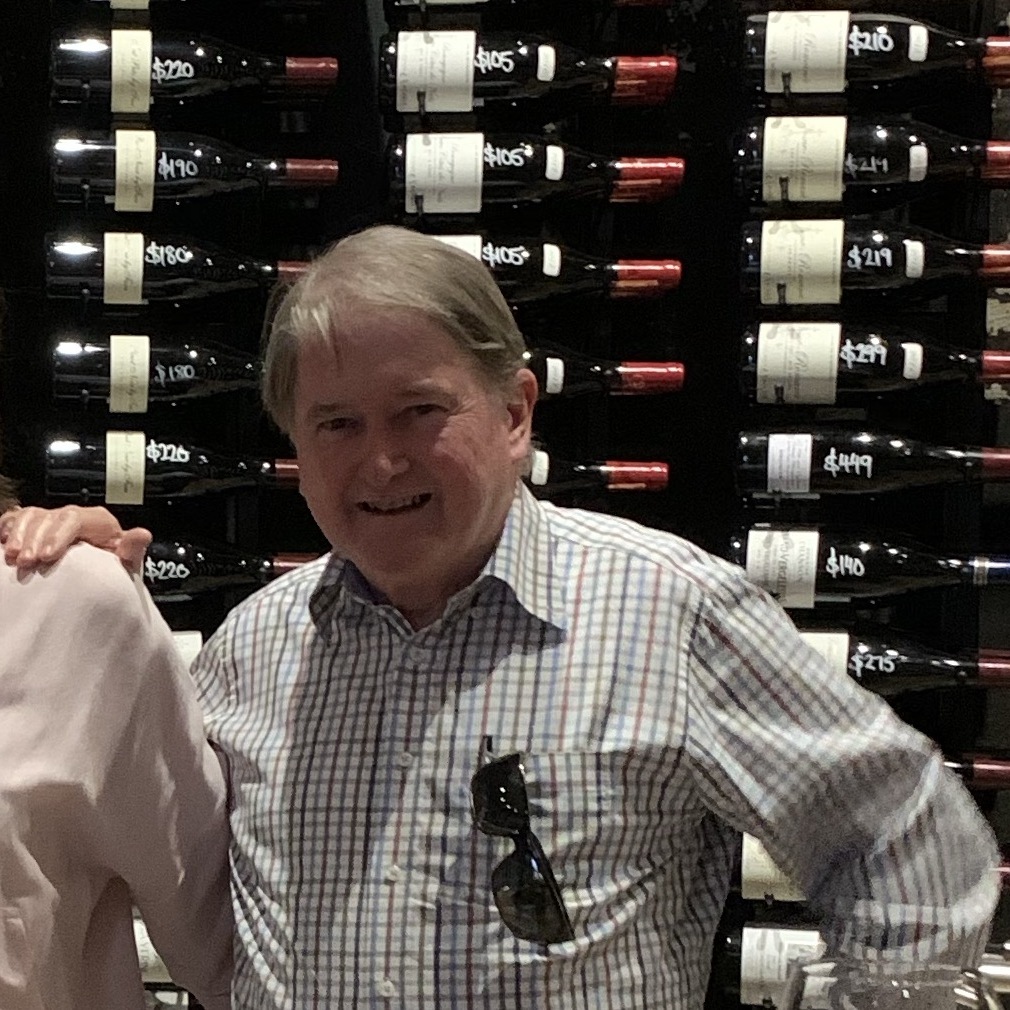

Greywacke
Wild Sauvignon Marlborough Sauvignon Blanc 2011
90° at 7pm calls for more Marlborough Sauvignon Blanc.
.
Cloudy Bay was founded in 1985 by David Hohnen of Margaret River’s Cape Mentelle along with its first winemaker, Kevin Judd, who would go on to spend 25 years there before creating his own label, Greywacke. Judd is widely considered as the pioneer responsible for elevating New Zealand wine to its current status. Judd also happens to be one of the best wine photographers in the world (I highly recommend his ‘The Landscape of New Zealand Wine’).
.
According to Master of Wine Bob Campbell “the genesis for Greywacke Wild Sauvignon was Cloudy Bay Te Koko; a funky, barrel-fermented sauvignon blanc that bent all the rules when it was made in 1992 and initially sold only through the cellar door. Greywacke Wild Sauvignon is a blend from 10 different Marlborough vineyards which are machine-harvested at night. After pressing the juice is settled before being pumped into mostly old barrels and fermented using indigenous yeasts (about 15-20 different strains). The wine undergoes a partial malolactic fermentation and lees stirring.”
.
Incredible aromatics... an almost vibrant herbaceousness... red bell pepper, grapefruit zest, tangerine, apricot, and cucumber, with a silky smooth mouthfeel unlike most Sauvignon Blancs. Extraordinary. — 7 years ago
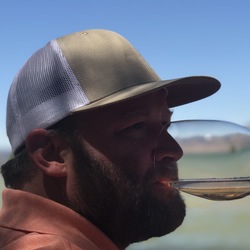

Philippe Colin
Les Chaumées Chassagne-Montrachet 1er Cru Chardonnay 2015
2013 Les Chaumées. Fabulous Chardonnay with light oak and great acidity. Considering it's reputation and 1er cru status, however, I was expecting a lot more complexity. — 8 years ago
Quo
Campo de Borja Grenache 2020
Spicy blackberry aroma, fresh tang and cherry finish. Just a hint of tannins. — 4 years ago
Montepeloso
A Quo Costa Toscana Cabernet Sauvignon Montepulciano 2019
Bone dry with beautiful cherry and floral notes and a long finish. — 4 years ago
Domaine Coste-Caumartin
Le Clos des Boucherottes Pommard 1er Cru Pinot Noir 2010
As good as it gets for Pommard; no Grand Cru’s here. Very pale ruby hue. Nose full of red berries and wet forest floor. On the pallet there is ripe red cherry, an earthy mushroom savory-ness, and bright acidity. There’s also a pleasant medium weight to wine and soft velvet tannings which give way to a lengthy finish. A fine Burgundy regardless of appellation status. — 5 years ago
Isaac Fernandez Seleccion
Biutiful Brut Nature Cava Macabeo-Chardonnay Blend
Very fresh on the palate, hints of strawberry and very smooth. On the Lee's for 12 months just a few months short of Reserva status this cava not a blend but of only Garnacha grapes, very dry and lively with lines of fine bubbles. This bottle complimented a stir fry of spicy Thai noodles with prawns and garden fresh squash and mushrooms. — 6 years ago
Francois Gaunoux
Les Grands Épenots Pommard 1er Cru Pinot Noir
This vineyard, going for Grand Cru status within the next year or so. Rustic, raspberry liquor, tea leaves, exotic spices. — 7 years ago
Château Brane-Cantenac
Grand Cru Classé en 1855 Margaux Red Bordeaux Blend 2005
I have a six-pack of this 05. I thought after 10 years in bottle, it would be interesting to check in on its evolution. While tasty, I’ll wait another 8-10 to open another. Even after 2-3 hours in the decanter, it’s still a very young adolescent. On the nose, slightly sour blackberries & dark cherries, dark currants, baked black plum, haunting blue fruits, anise, whiff of spice, steeped tea, dry stones, dry crushed rocks with dry top soil, caramel, vanilla with fresh & dry red florals. The body is thick & full. Tannins are starting to round out. It’s velvety on the palate. The fruits are; bright, fresh & ripe and really show the greatness of the 05 vintage. Dark currants, blackberries, dark cherries, baked black plum, haunting blue fruits, baked strawberries, cherries, raspberries on the long set, dark spice, clay & loamy dry top soil with crushed rocks, dry stones, cigar with ash, graphite, dry stems, slight herbaceous character, mint, used leather, clove, caramel, vanilla, fresh & dry red florals with violets. The round acidity is about perfect. The structure and length are still strong. The balance is in harmony. As for the long finish, it’s lush, ruby, rich and well polished. Photos of; Chateau Brane Cantenac, large wood vats, Henri Lurton and Estate vines. Producer notes and history...Chateau Brane Cantenac began in the early 17th century. At the time, the estate was known as Domaine Guilhem Hosten. Even that far back, wine was produced from the property. In fact, the wine was so highly regarded it was one of the more expensive wines in Bordeaux. It sold for almost as much money as Brane Mouton. This is interesting because of who went on to buy the vineyard in the 1800’s. The Baron of Brane, also known as “Napoleon of the Vineyards”, purchased the Chateau in 1833. At the time of the sale, the estate was called Chateau Gorce-Guy. To get the funds needed to purchase the Margaux vineyard, the Baron sold what is now called Mouton Rothschild, which was at the time of the sale, known as Chateau Brane-Mouton. Not such a good move with hundreds of years in hindsight! In 1838, the Baron renamed property taking his name and the name of the sector where the vineyards were located and called it Chateau Brane Cantenac. The Chateau later passed to the Roy family, who were well-known in the Margaux appellation in those days, as they owned Chateau d’issan. Moving ahead to 1920, the Societe des Grands Crus de France, a group of merchants and growers that owned several chateaux located in the Medoc including; Chateau Margaux, Chateau Giscours, and Chateau Lagrange in St. Julien, purchased Chateau Brane Cantenac. Five years later, M. Recapet and his son-in-law, François Lurton, took over Brane Cantenac along with Chateau Margaux. Lucien Lurton (the son of François Lurton) inherited Brane Cantenac in 1956. Today, the estate is still in the hands of the Lurton family. Brane Cantenac is owned and run by Henri Lurton. After being given the responsibility of managing Brane Cantenac, it was under the direction of Henri Lurton that large portions of the vineyard were replanted. Vine densities were increased, the drainage systems were improved and the plantings were also, slowly changed. The vineyard of Brane Cantenac is planted to 55% Cabernet Sauvignon, 40% Merlot, 4.5% Cabernet Franc and .5% Carmenere. Carmenere was used for the first time in the 2011 vintage. The only other Chateau I know that still uses Carmenere is Clerc Milon. The 75 hectare Left Bank vineyard of Brane Cantenac is essentially unchanged since it earned Second Growth status in the 1855 Classification. At least that is the case with the 45 hectares used to produce the Grand Vin of Brane Cantenac. Those 45 hectares are planted surrounding the Chateau. Those vines are located just in front of the Cantenac plateau and are the best terroir that Brane Cantenac owns. They have other parcels, which are further inland and much of those grapes are placed into their second wine, Le Baron de Brane. Those additional hectares can be divided into 3 main sections. Behind the Chateau, they have 15 hectares of vines on gravel and sand, 10 hectares across the road with sand, gravel and iron and a 13 hectare parcel with gravel called Notton, which is used for their second wine. The vineyard is planted to a vine density that ranges from 6,666 vines per hectare on the plateau and up to 8,000 vines per hectare for the vines located behind chateau, in their sandier soils. The higher levels of vine density are always found in the newer plantings. The terroir of Brane Cantenac consists of deep gravel, sand and clay soil. Experiments in the vineyards are currently looking at becoming more organic in their vineyard management. Today, more than 25% of Brane Cantenac is farmed using organic farming techniques. It is expected that over time, the amount of hectares farmed with organic methods will be increased. Brane Cantenac has gone through 2 relatively recent modernization’s in 1999, when they added began adding the first of their smaller vats to allow for parcel by parcel vinification and then again in 2015 when they completed a much more complete renovation of their cellars and vat rooms. While Brane Cantenac is a traditional producer, they are no stranger to technology as they were one of the first estates to embrace optical grape sorting machines. In very wet vintages, they can also use reverse osmosis. To produce the wine of Chateau Brane Cantenac, the wine is vinified in a combination of temperature controlled, traditional, 22 oak vats, 18 concrete tanks and 20 stainless steel vats that vary in size from 40 hectoliters all the way up to 200 hectoliters, which allows for parcel by parcel vinification. 40% of the fermentation takes place in the oak vats. The oldest vines are vinified in vats that are selected to allow for separate parcel by parcel vinification. The younger vines are vinified more often together in the same vats. However, the Carmenere is entirely micro-vinified, meaning that those grapes were completely vinified in barrel, using micro-vinification techniques. This can also happen because the amount of grapes produced is so small. Some vats can be co-inoculated, meaning they go through alcoholic fermentation and malolactic fermentation simultaneously. At Chateau Brane Cantenac, malolactic fermentation takes place in a combination of French oak tanks and barrels. The wine of Brane Cantenac is aged in an average of 60% new, French oak barrels for 18 months before bottling. The initial 2 months of aging is done with the wine on its lees, which adds more depth to the wine. There second wine is Le Baron de Brane. Le Baron de Brane is not new. In fact, previously, the second wine went under the name of Chateau Notton, which took its name from one of the main parcels where the grapes were planted. During the late 1950’s and into the 1960’s, having a second wine was important as the estate declassified 3 vintages, due to extremely poor, weather conditions in 1956, 1960 and 1963. Production of Chateau Brane Cantenac is about 11,000 cases per year. — 8 years ago
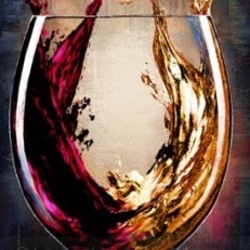




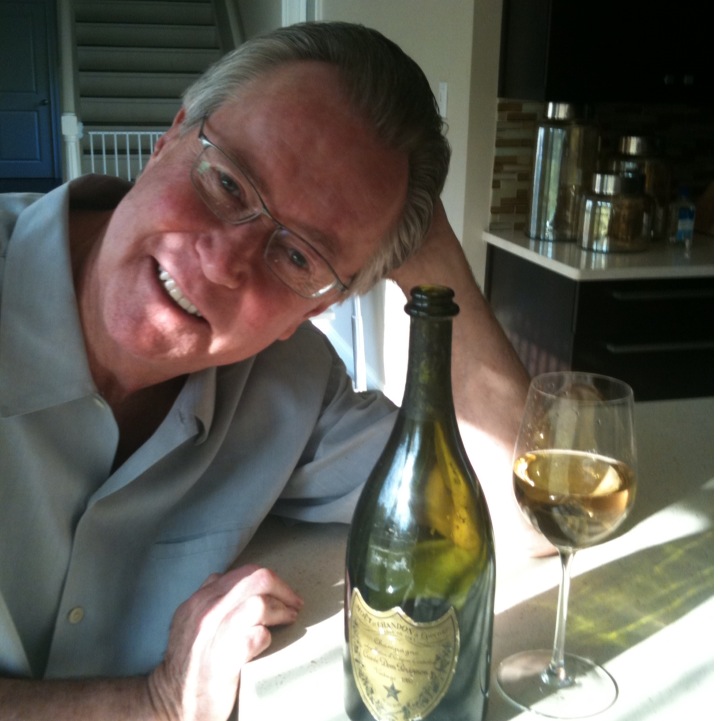





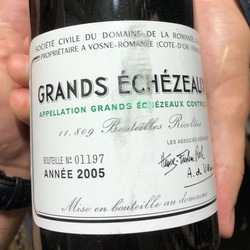
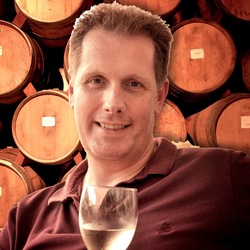
Matthew Cohen
Nose is inky. Some blackberry.
Palate is juicy blackberry fruit. Some graphite. A bit straightforward on open. Let’s see where this goes.
As this opens, silky and elegant. More floral on the nose. Lilacs. Graphite. Lovely. Palate is so silky. Wow.
Wine totally changes in 45 minutes.
75 minutes in nose approaches god status. Massive layering and complexity. Palate is Gods silk juice. Wow. InsertSuperlatives wow.
Buy this. Buy as much as you can
Fass selections — 3 years ago